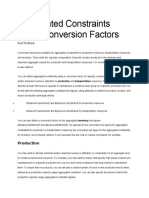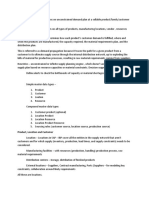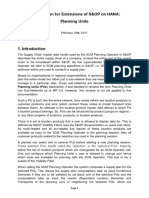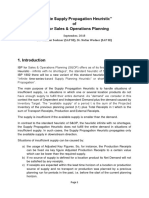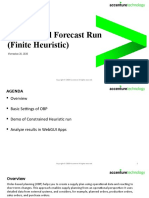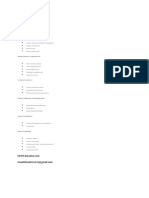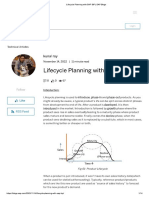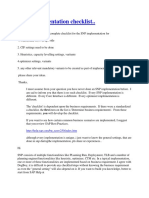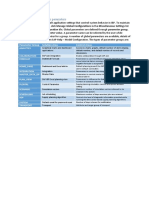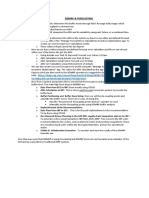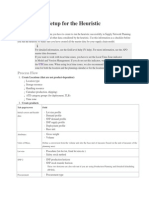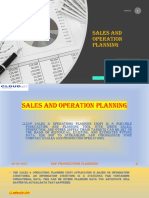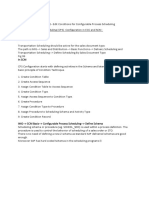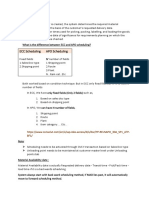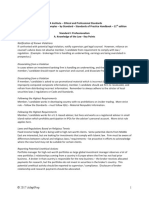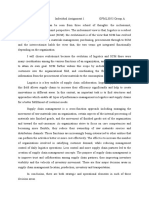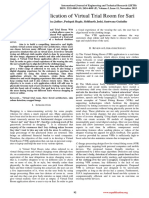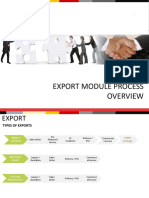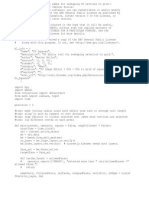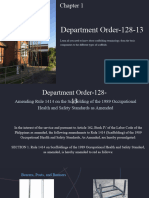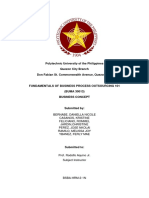0% found this document useful (0 votes)
206 views2 pagesSAP IBP: S&OP for Supply Chain Experts
SAP IBP provides sales and operational planning tools to set sales, production, and supply chain targets based on historical and forecasted data. Rough-cut planning can determine resource needs to meet these targets. The tool supports long and medium-term planning. It includes standard SOP for materials and product groups as well as flexible planning. Demand management then determines requirement dates and quantities to create a demand program to guide MRP and MPS planning at the SKU level. The full process involves phases for product review, demand review, supply review, and reconciliation.
Uploaded by
Selvaraju ACopyright
© © All Rights Reserved
We take content rights seriously. If you suspect this is your content, claim it here.
Available Formats
Download as DOCX, PDF, TXT or read online on Scribd
0% found this document useful (0 votes)
206 views2 pagesSAP IBP: S&OP for Supply Chain Experts
SAP IBP provides sales and operational planning tools to set sales, production, and supply chain targets based on historical and forecasted data. Rough-cut planning can determine resource needs to meet these targets. The tool supports long and medium-term planning. It includes standard SOP for materials and product groups as well as flexible planning. Demand management then determines requirement dates and quantities to create a demand program to guide MRP and MPS planning at the SKU level. The full process involves phases for product review, demand review, supply review, and reconciliation.
Uploaded by
Selvaraju ACopyright
© © All Rights Reserved
We take content rights seriously. If you suspect this is your content, claim it here.
Available Formats
Download as DOCX, PDF, TXT or read online on Scribd
/ 2

